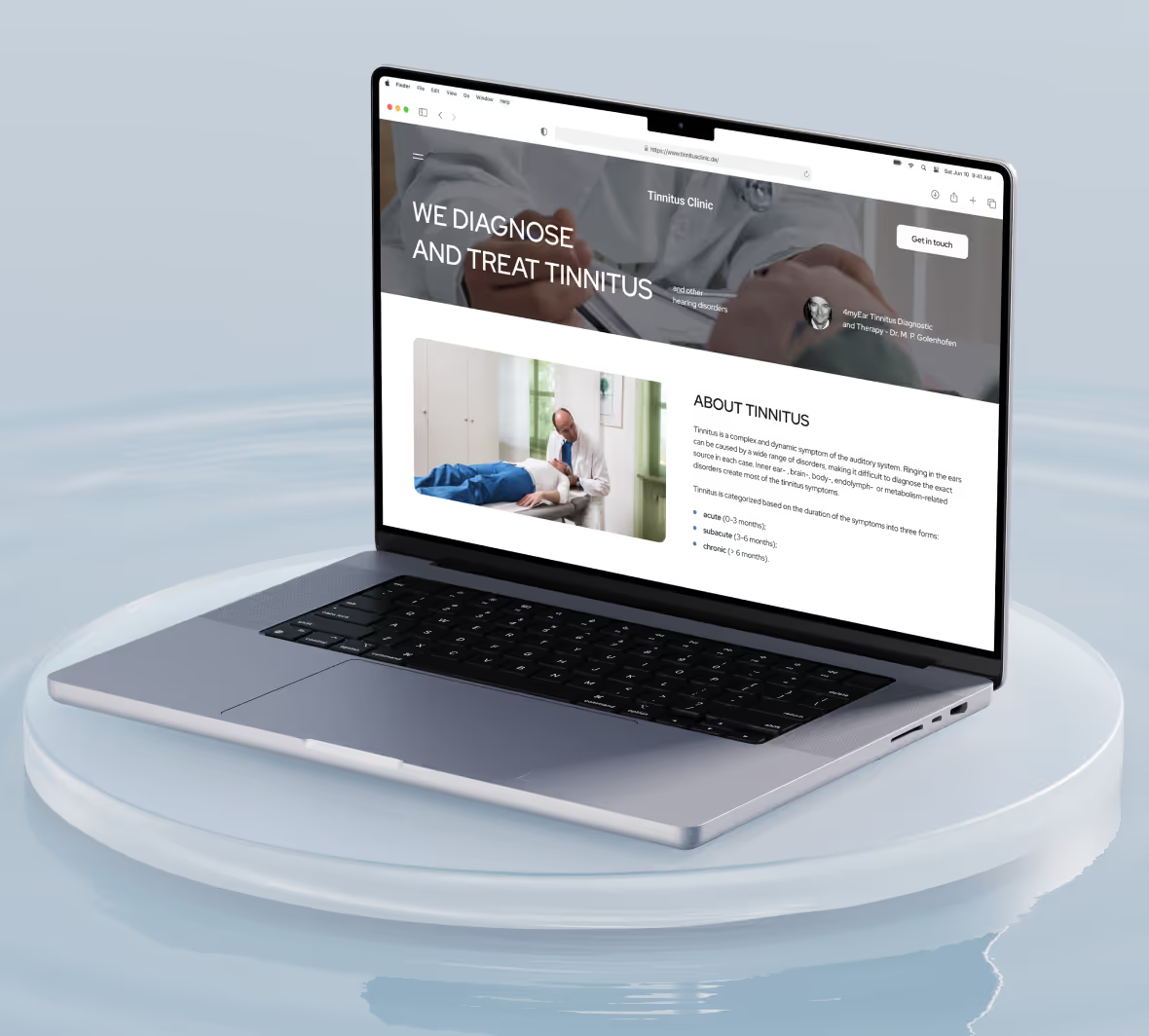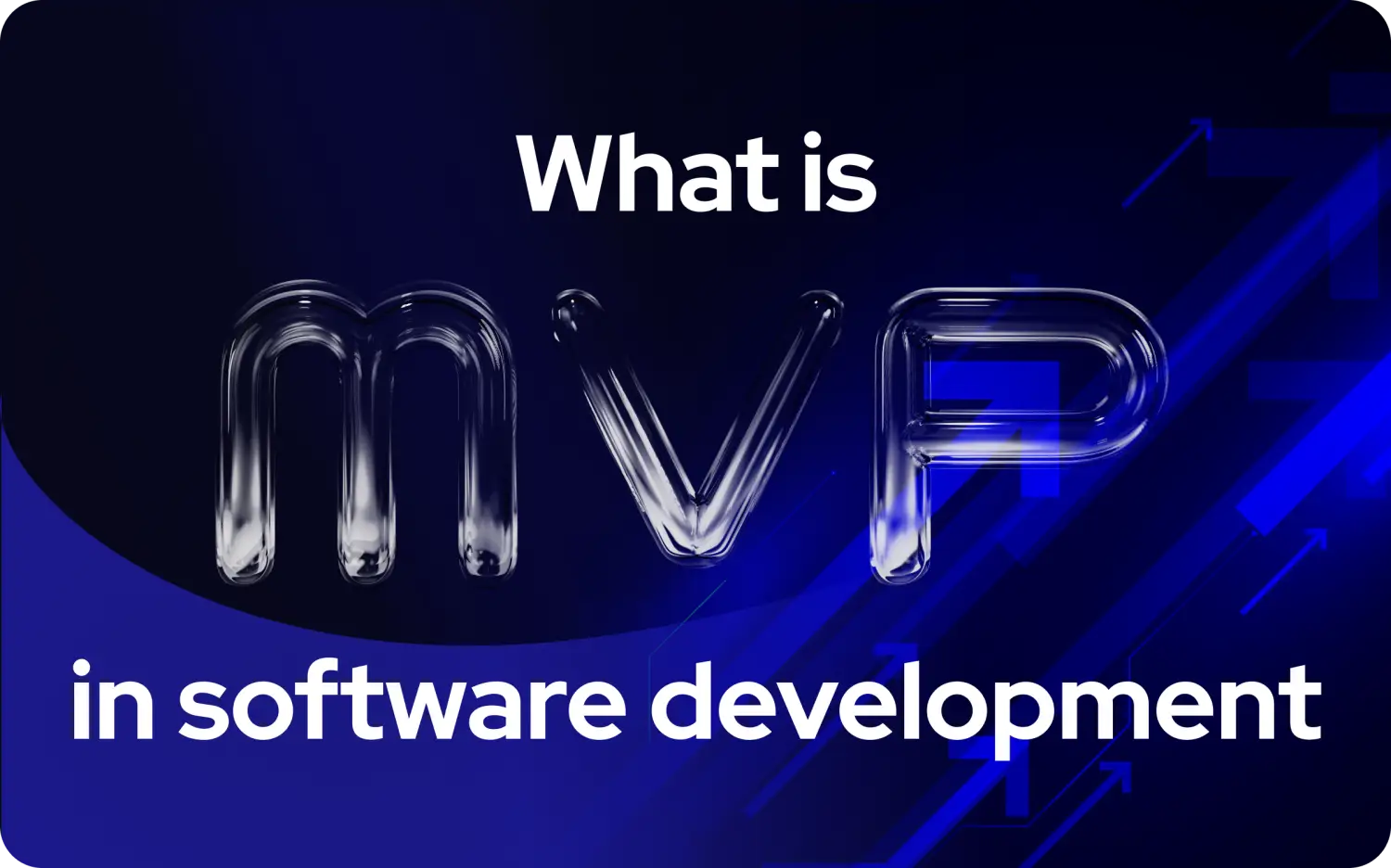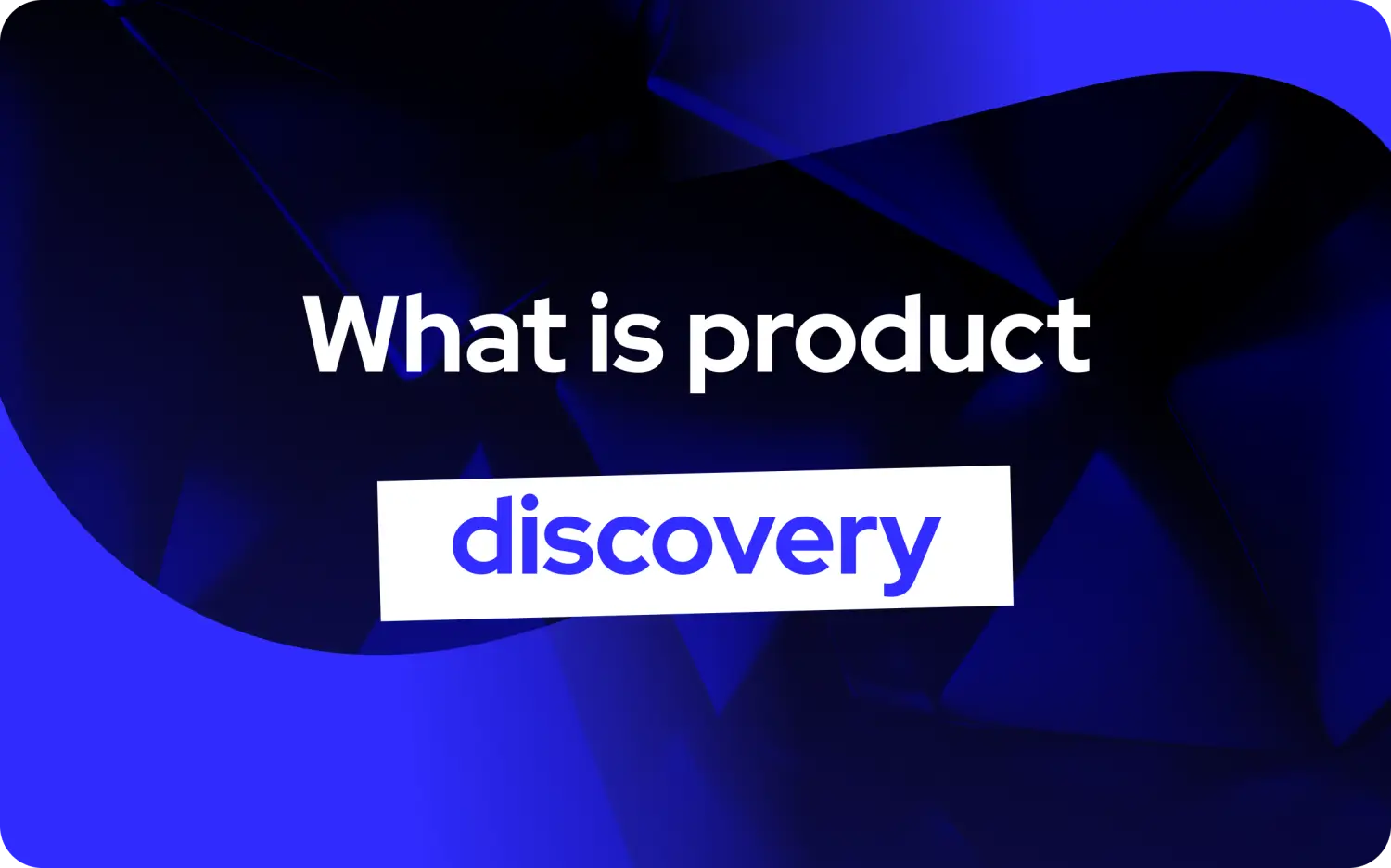
With all the time and energy you’ve poured into creating your no-code MVP, it’s easy to think your work is done once the product is finished. But, to reap the rewards of your efforts, you first need to share your MVP with the world. That’s where MVP marketing comes in. MVP marketing aims to devise a strategy to get your product in front of the right audience as quickly as possible.
The sooner you get feedback from real users, the sooner you can improve your product and launch it publicly. This guide will explain the ins and outs of MVP marketing and share some of the best MVP strategies for SaaS companies.
One great way to boost your MVP marketing strategy is to enlist the help of a no-code development agency like Minimum Code. We understand the importance of getting your MVP to market quickly, and we can help you efficiently build a product that meets your goals while using as little code as possible.
MVP for SaaS Companies - What Is It?

An MVP, or Minimum Viable Product, is a bare-bones version of a product that helps a company test its hypotheses about how a market will respond to a new solution. Specifically, an MVP allows a company to collect the maximum amount of validated learning about customers with the least effort.
In the context of SaaS, an MVP focuses on delivering the software's core value proposition without the extensive features that a fully developed product might include. The goal is to validate assumptions about the market, gauge interest, and understand user behavior before investing significant resources into a more complex product.
Why Do SaaS Companies Need to Build an MVP?
The need to build an MVP has become increasingly crucial for SaaS companies. The software market is fast-paced, competitive, and constantly changing. An MVP lets you launch your product quickly, giving you a competitive edge. For example, you can deploy a basic version in weeks instead of waiting months or years to develop a fully featured product.
Creating a Strong Value Proposition for Your MVP

A clear value proposition helps early adopters understand precisely how your MVP can solve their problems. Once you launch your MVP, it will have fewer features than established solutions. Potential customers must quickly understand its unique benefits to make informed decisions about trying your product. The clearer you communicate your MVP’s value, the more likely early adopters will try it.
Crafting Your MVP Value Proposition
When developing your MVP’s value proposition, focus on the following elements:
Core Problem Solution
Identify the specific problem your MVP addresses. For example, if you’re launching a project management tool, the problem could be disorganized workflows or inefficient task assignments.
Differentiation
Clarify how your product is different from others on the market. For example, you might offer a simplified user experience that existing solutions must improve or focus on affordability for small businesses.
Tangible Benefits
Focus on the actual benefits users will experience from using your MVP. These could be time savings, increased productivity, or cost reductions. Be specific: Instead of saying, “Our tool saves time,” say, “Our tool cuts project planning time by 50%.”
Delivering the Value Proposition
Landing Pages
Your MVP landing page should communicate your value proposition within the first few seconds. Use compelling headlines, concise explanations, and visually appealing design elements. Visitors should understand what problem your product solves and why they should care as soon as they land on the page.
Email Campaigns
Email marketing can also be an effective tool for reinforcing your value proposition. For early adopters or those who signed up for your waitlist, send them emails highlighting your MVP's key benefits, focusing on the immediate value they’ll gain from using it.
Social Media and Communities
Engage with online communities where your target audience is active (LinkedIn groups, industry forums, Twitter) to communicate your MVP’s value proposition. Tailor your messaging to speak directly to your audience's pain points and needs in these spaces. With Minimum Code, you can finally bring your long-held business idea to life quickly and efficiently without breaking the bank. Bring your long-held business ideas to life with us. Get a free product discovery and scoping for your app idea today!
Building an Early Adopter Community

Why Early Adopters Matter
Early adopters are individuals or businesses eager to try new technologies and solutions. They are often more forgiving of product imperfections and willing to provide constructive feedback that can be used to improve the product before a full-scale launch. For an MVP, this community can act as the foundation for product iterations, as their feedback offers insights into which features resonate and what improvements are needed.
Strategies to Attract Early Adopters
Leverage Industry-Specific Networks and Communities
Find forums, online communities, and social media groups where your target audience is most active. Platforms like Reddit, LinkedIn groups, and specialized industry forums can be powerful tools for connecting with potential early adopters. Actively participate in discussions, answer questions, and subtly introduce your product when it fits into the conversation.
Offer Exclusive Access and Benefits
Incentivize early adopters by offering them something exclusive. This could be early access to the MVP, a free or discounted product version, or even additional features that won’t be available during the general launch. Building a sense of exclusivity can attract a more engaged and motivated group of early users.
Create a Referral Program
Create a referral program to encourage early adopters to refer other potential users. Offer rewards like extended free trials, additional features, or even monetary incentives for those who successfully refer new users. This will help grow your user base and incentivize your current adopters to remain engaged with your product.
Host Webinars or Live Demos
Engage with potential early adopters through webinars or live product demonstrations. These sessions offer an excellent opportunity to showcase your product’s features, explain how it addresses their needs, and answer any questions in real-time. Plus, webinars allow you to connect with your audience more personally, building trust and credibility.
Build Relationships with Industry Influencers
Partner with bloggers, thought leaders, or influencers within your target market who can help promote your MVP to a broader audience. By leveraging their networks and industry authority, you can quickly access a pool of potential early adopters who trust the influencer’s recommendations.
Sustaining and Engaging the Community
Once you’ve attracted early adopters, maintaining engagement is key. Communicate regularly with this group, inform them of product updates, and ask for their feedback on new features. This two-way communication builds loyalty and can even lead to users becoming product advocates.
Feedback Loops
Create structured feedback mechanisms like surveys, user interviews, or an in-app feedback tool. Early adopters should feel that their input directly influences product improvements, increasing their sense of ownership over your product.
Exclusive Updates and Events
Keep your early adopters engaged by offering them early access to updates, inviting them to private beta testing sessions, or hosting exclusive Q&A sessions. Rewarding their loyalty fosters a community where members are likelier to recommend your product to others.
How To Use Content Marketing For Awareness Campaigns

The Role of Content Marketing for MVPs
Content marketing is crucial for SaaS businesses launching minimum viable products. An MVP is often released with limited features, so potential users need to understand the product's value before using it. This is where content marketing shines.
Through well-crafted content, you can educate your audience on the problem your SaaS product solves, demonstrate how it works, and offer insights into its unique benefits. This strategy builds trust, creates anticipation, and nurtures leads more likely to convert into paying customers once your total product launches.
Types of Content to Focus On
Educational blog posts and articles
Create content that addresses the pain points of your target audience while subtly introducing your MVP as the solution. By writing blog posts exploring common industry challenges, trends, or case studies, you attract readers actively seeking solutions to these problems.
Product tutorials and how-to guides
Use content like step-by-step tutorials or in-depth guides to show potential customers exactly how your MVP works. These can be blog posts, videos, or infographics. The goal is to demonstrate your product's ease of use, key features, and potential ROI.
Case studies and success stories
If you've run a pilot program or tested your MVP with early adopters, showcase their success stories. Case studies provide concrete examples of how your MVP has helped real users, making it easier for prospective customers to visualize its value in their business.
Thought leadership content
Create thought leadership articles to Position yourself and your company as an authority in your niche. These pieces can discuss emerging trends in your industry, innovations, and how your SaaS product solves significant industry challenges. Showing you're ahead of the curve instills confidence in investors and potential customers.
User-generated content (UGC)
Encourage early adopters to share their experiences with your MVP through reviews, testimonials, or social media posts. User-generated content serves as social proof, helping to establish credibility and trust for your brand.
Maximizing Distribution Channels
More is needed to create content; you need to ensure it reaches the right audience. Utilize multiple distribution channels to get your message out:
Social Media
Share your content across platforms like LinkedIn, Twitter, and niche communities where your target audience is most active.
Email Marketing
Build an email list of interested prospects and regularly send newsletters with your latest content, product updates, and exclusive offers.
SEO Optimization
Ensure your content is optimized for search engines to increase organic traffic. Focus on high-intent keywords your target audience is likely searching for when seeking solutions.
Paid Advertising
Consider using platforms like Google Ads or LinkedIn Ads to amplify the reach of your content, targeting potential customers and investors with precision.
By leveraging a combination of educational, promotional, and thought leadership content and strategically distributing it, you'll effectively raise awareness of your MVP and attract a more engaged audience, setting the stage for future growth and success.
Creating a Compelling Content Marketing Strategy
Content marketing is a powerful and cost-effective way to build brand awareness and engage your target audience. An effective content marketing strategy for a SaaS company launching an MVP can help you educate potential users, showcase your product's value, and drive organic traffic to your website. Content marketing is precious for SaaS businesses because it allows you to demonstrate expertise in your niche, establish authority, and provide value to your audience, all while subtly promoting your product.
Key Elements of a Content Marketing Strategy for an MVP
Educational blog posts
Writing blog posts that address the pain points of your target audience is a great way to establish authority. For example, if your SaaS MVP helps automate business processes, create blog posts on "How to Streamline Your Business Operations" or "Top 5 Tools to Improve Workflow Efficiency." These posts educate potential customers and position your SaaS as a solution to their problems.
Product demos and tutorials
As a SaaS company, showing your product in action is essential. Create detailed product demos and tutorials that walk users through the features and benefits of your MVP. These tutorials can be written guides, explainer videos, or even webinars. The more you can show how easy and effective your MVP is, the more likely potential customers will try it.
Case studies and success stories
As mentioned in the previous section, sharing detailed case studies about how early adopters have successfully used your MVP can be a crucial component of your content marketing strategy. These case studies offer tangible proof of your product's value and serve as social proof to attract more users.
Guest blogging and collaboration
Another way to increase the visibility of your SaaS MVP is by collaborating with other brands or influencers in your industry. Writing guest blog posts for industry-related websites, partnering with complementary products for co-marketing initiatives, or appearing on relevant podcasts can help you reach a wider audience.
SEO and keyword optimization
Ensure your content is optimized for search engines by researching and incorporating those keywords naturally throughout your blog posts, landing pages, and product descriptions. By targeting relevant search terms that your potential customers are using, you can drive more organic traffic to your site, increasing the chances that visitors will convert into users.
Interactive content
Interactive content, such as quizzes, calculators, or surveys, can engage your audience more effectively than static content. For example, if your SaaS product helps businesses improve productivity, create a "How Productive Is Your Team?" quiz that leads users to your MVP as the solution to their productivity challenges.
Email marketing
Build an email list of potential users and regularly send them valuable content that educates and nurtures them toward a purchase. Newsletters, product updates, and drip email campaigns can keep your audience engaged and move them closer to converting.
By implementing a content marketing strategy focused on education, engagement, and demonstration, your SaaS company can attract and nurture potential users, positioning your MVP for long-term success.
Bring your long-held business ideas to life with us, and get a free product discovery & scoping for your app idea today!
Utilizing Social Proof to Gain Trust

Gaining Trust for Your MVP Using Social Proof
Social proof is one of early-stage SaaS companies' most powerful marketing tools. As your MVP is relatively new and likely unknown to the broader market, potential users and investors might hesitate to engage with or trust your product. Social proof—such as testimonials, case studies, endorsements, and user reviews—helps eliminate this uncertainty by showing that others have already experienced success with your product.
The Importance of Social Proof for MVP Success
Trust is everything when launching an MVP. Investors, customers, and stakeholders need assurance that your product can deliver on its promises. Social proof provides that reassurance by leveraging the positive experiences of early adopters to build credibility. This validation can also create a community around your product, showing that real people and companies benefit from your solution. By highlighting social proof, you establish trust and develop a sense of urgency, encouraging others to try your product before it gains widespread attention.
Types of Social Proof You Can Leverage
Customer Testimonials
Reach out to early users or beta testers to gather feedback on their experience with your MVP. Personal testimonials are compelling, especially from recognizable names or brands within your target industry. Include these testimonials on your website, landing pages, and marketing materials to show that your MVP is already solving real-world problems.
Case Studies
Case studies provide in-depth examples of how specific users have implemented your MVP to achieve measurable results. By detailing the challenges a customer faced, how your MVP solved those issues, and the tangible benefits they experienced, you create a compelling narrative that can resonate with prospective customers and investors alike.
Influencer or Expert Endorsements
If your MVP has garnered attention from industry leaders or influencers, their endorsement can significantly boost your product’s credibility. Even a short mention or recommendation from a respected figure in your space can attract attention and sway undecided customers.
User Reviews and Ratings
Encourage customers to leave reviews on third-party platforms like G2, Capterra, or Trustpilot. Positive ratings and reviews serve as peer recommendations, which many potential customers find more trustworthy than traditional marketing messages. Showcasing a collection of good reviews will give prospective users confidence in your MVP.
Media Mentions and Awards
Highlight your MVP's achievements if it has been featured in reputable industry publications or has won any awards. Third-party validation from the media can serve as strong social proof, reinforcing your product’s value.
How to Gather and Display Social Proof
To effectively gather social proof, build strong relationships with your early adopters. Engage with them regularly, request feedback, and offer incentives for providing testimonials or participating in case studies. Make it easy for them to share their experiences by giving simple review submission forms or sharing tools for social media.
Once you have collected social proof, strategically display it across your website, social media profiles, and marketing campaigns. Place customer testimonials on your homepage, feature case studies in blog posts, and share positive reviews on your product landing pages. You can also integrate social proof into your onboarding process by showcasing how other users successfully utilize your MVP.
By actively gathering and promoting social proof, you build trust, boost your product’s credibility, and create a positive feedback loop that attracts more users and investors to your MVP.
Get a Free Product Discovery & Scoping for Your App Idea Today
We help non-technical founders build no-code MVPs that can be developed and launched quickly with the right tools. Our MVP process uses no code tools like Bubble.io, Xano.com, and Webflow to help you build a scalable app your users can test within a month.

Klaar om je product te bouwen?






.avif)


